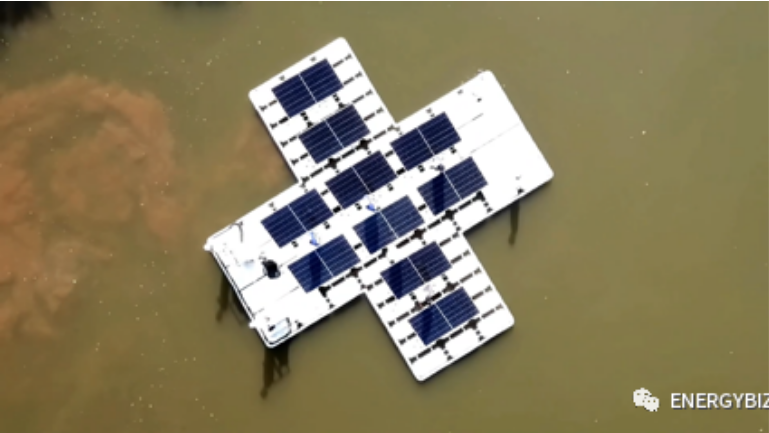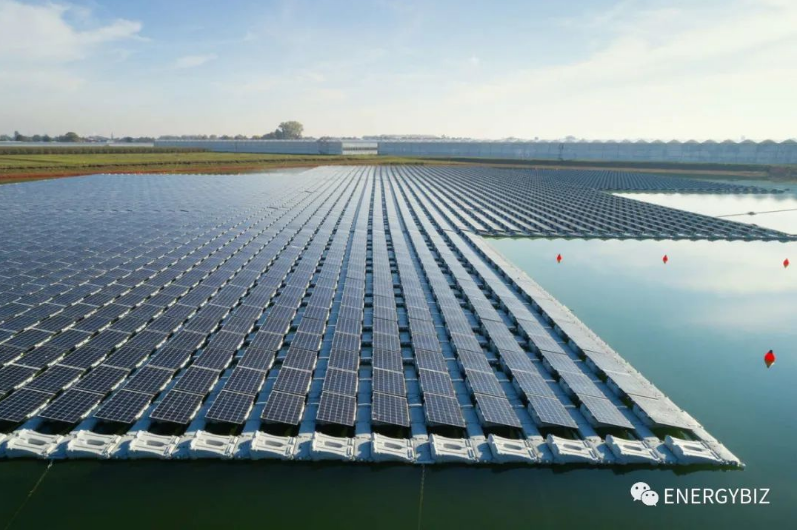
- English
- Español
- Português
- русский
- Français
- 日本語
- Deutsch
- tiếng Việt
- Italiano
- Nederlands
- ภาษาไทย
- Polski
- 한국어
- Svenska
- magyar
- Malay
- বাংলা ভাষার
- Dansk
- Suomi
- हिन्दी
- Pilipino
- Türkçe
- Gaeilge
- العربية
- Indonesia
- Norsk
- تمل
- český
- ελληνικά
- український
- Javanese
- فارسی
- தமிழ்
- తెలుగు
- नेपाली
- Burmese
- български
- ລາວ
- Latine
- Қазақша
- Euskal
- Azərbaycan
- Slovenský jazyk
- Македонски
- Lietuvos
- Eesti Keel
- Română
- Slovenski
- मराठी
- Srpski језик
Brazil's first floating photovoltaic system
2023-12-11
The Brazilian consortium is testing a new floating photovoltaic system design on a lake in the state of S ã o Paulo. The facility is setting new standards for the development of floating photovoltaic arrays in Brazil in the future. This article will introduce this exciting project, delving into its technical characteristics and economic potential.
 ‘
‘
New floating photovoltaic system unveiled in S ã o Paulo state
The consortium led by Apollo Flutuantes in Brazil has launched a floating photovoltaic system on a lake in Estancia Jatoba, near Campinas, S ã o Paulo state. The system operates under Brazil's Distributed Generation (DG) program and sells excess electricity to the local grid.
Technical highlights
69 ° W double-sided photovoltaic system: This floating photovoltaic system is located at 69 ° W and is equipped with a tracking system that can rotate from east to west with the sun to maximize energy generation. It relies on the solar modules provided by AE Solar.
Jos é Alves Teixeira Filho, CEO of Apollo, said, "From the beginning, AE Solar conducted tests and discovered something even we ourselves didn't know, that the floating Apollo technology has an excellent albedo of at least 17%."

Iconic demonstration project: 7 MW system
This project also serves as a demonstration project for the standard 7-megawatt system developed and patented by Apollo Corporation. The system measures 180 meters wide and 280 meters long, and is equipped with 9000 double-sided photovoltaic modules. The floating weight of the system is about 1200 tons, plus 396 tons of anchoring material buried deep in the water.
Jos é Alves Teixeira Filho said, "This' buoy 'may seem simple, but in reality it's not. This' buoy' must be able to last for 30 years." He pointed out that due to the interdisciplinary nature of these technologies, multiple partners need to be involved.
Future outlook
The idea of this consortium is to provide these units to hydropower plant operators, who hope to convert their assets into hybrid energy and companies in the field of distributed power generation.
Jos é Alves Teixeira Filho also pointed out that: Large power plants limited to floating photovoltaics can be constructed, such as installing 300 megawatts on lakes, dividing electricity into up to 300 slices of 1 megawatt, and trading this energy through distributed generation with end customers, while ground installation is prohibited. This provides very fast economic returns for floating power plants. Just to give you a concept, the payback period for a project worth 2 billion Brazilian reals is less than Three years
He mentioned Brazil's Law 14300, which prohibits the division of power plants into smaller units to comply with power limits for micro or distributed small-scale power generation, except for floating power plants, as long as each unit complies with the maximum installed power limit. Jos é Alves Teixeira Filho stated that one of the models being studied by hydropower plants is not only the opportunity for hybrid energy, but also the use of a portion of their reservoirs for the development of other distributed generation companies, which can benefit from economies of scale and use these resources for distributed generation.

Epilogue
The launch of Brazil's new floating photovoltaic system marks a significant breakthrough in the country's renewable energy sector. This innovative technology not only provides new opportunities for distributed power generation, but also feasibility for the hybrid energy transformation of hydropower plants. With the further maturity of technology and regulatory support, floating photovoltaic systems are expected to play a greater role in Brazil's energy landscape.



